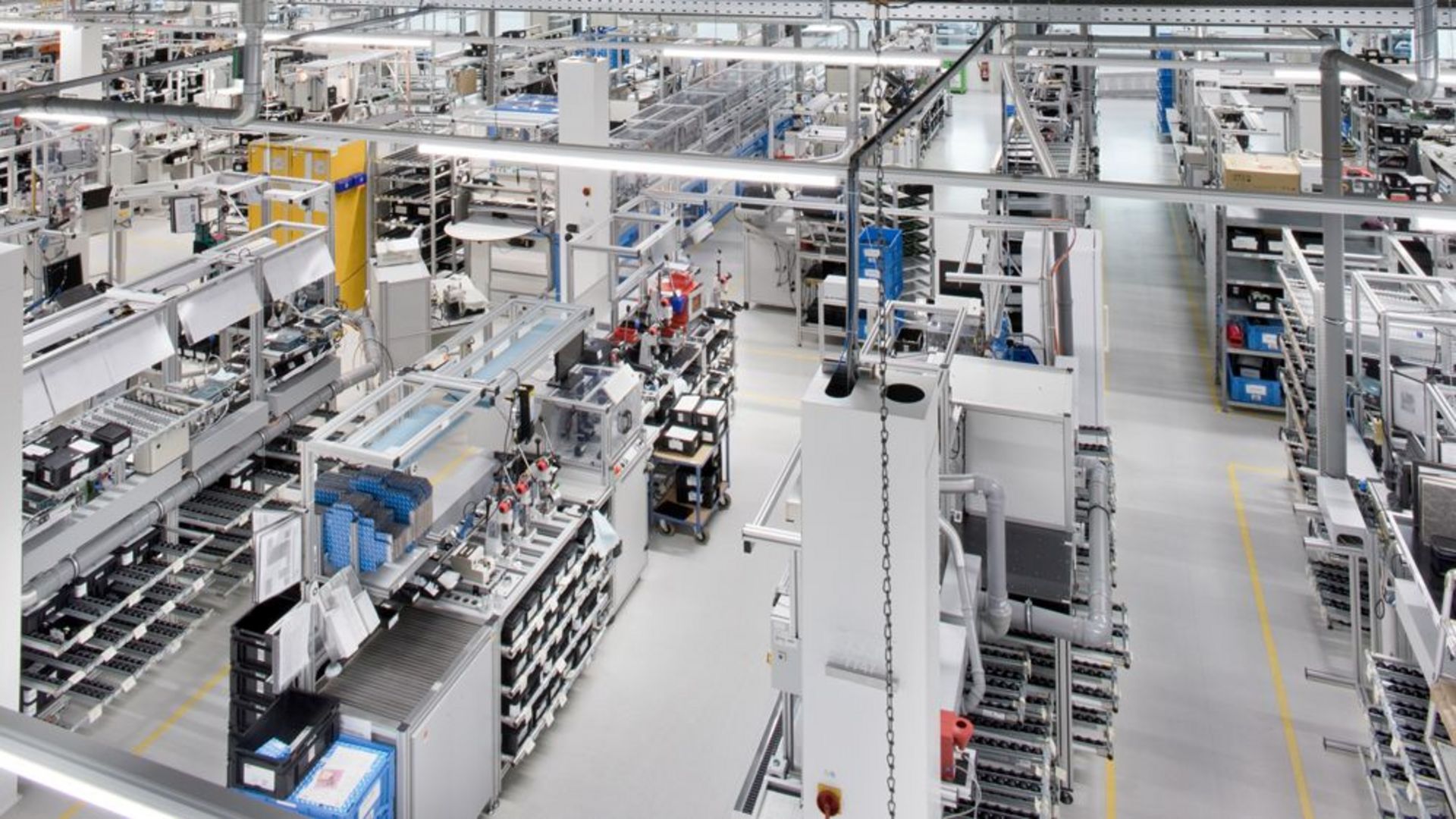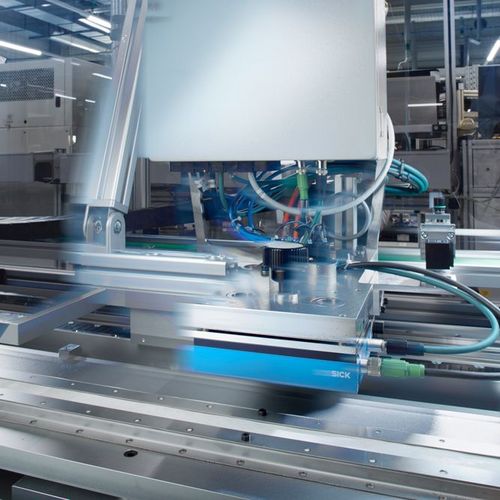Challenges
Up until now, the tactile measuring of speed, position and length in production systems using measuring wheel encoders was the state of the art. A wheel rolls over the passing goods and components and calculates their dimensions and speed. This is good, but it can be better. Because even the tried and tested measuring wheel has its downsides: with thin, sensitive materials, the wheels leave unwanted marks or don't get enough grip to provide accurate measurements. The alternative is optical measuring. However, this is considered too expensive: "Time and time again I was told that the benefits of contactless measuring would generally not outweigh the higher purchase price," says Heiko Krebs. This is because sensor solutions using laser light to scan parts use complicated technology and follow-up costs are to be expected: they require high laser power and are therefore in laser class 3, meaning structural safety precautions and special training are necessary.











